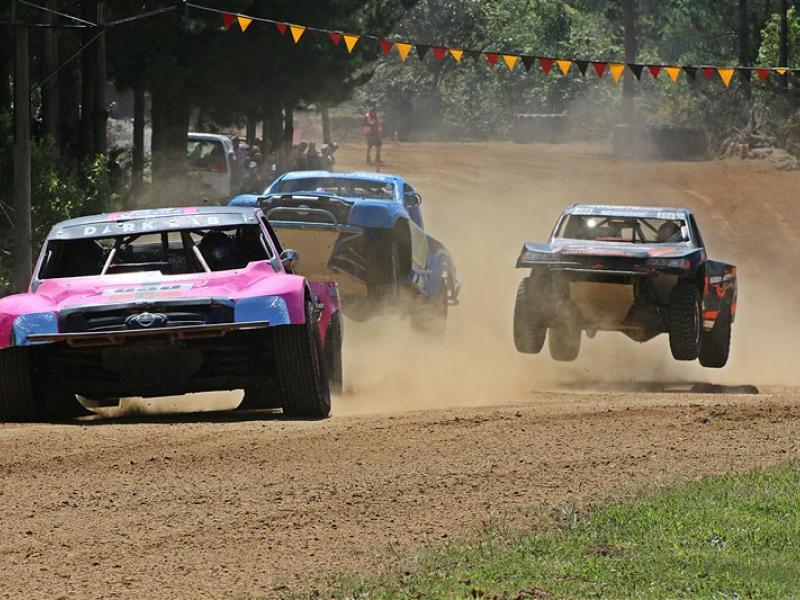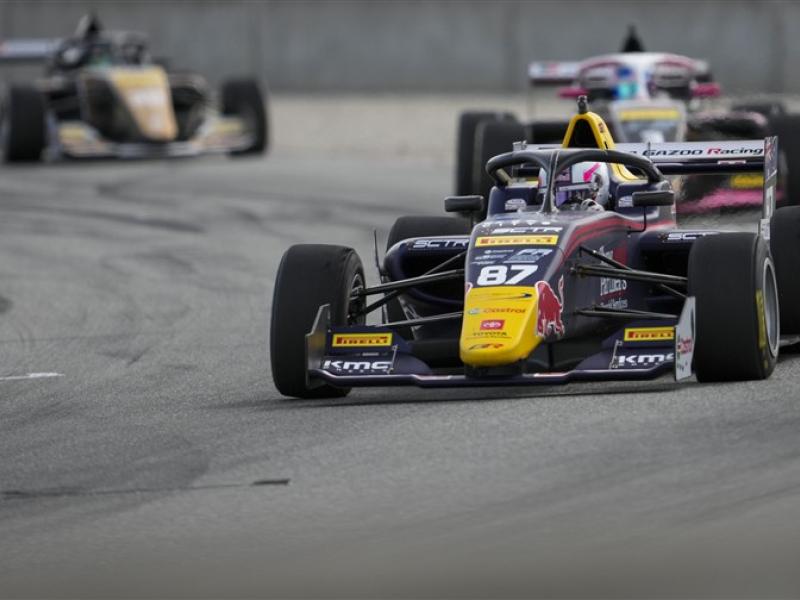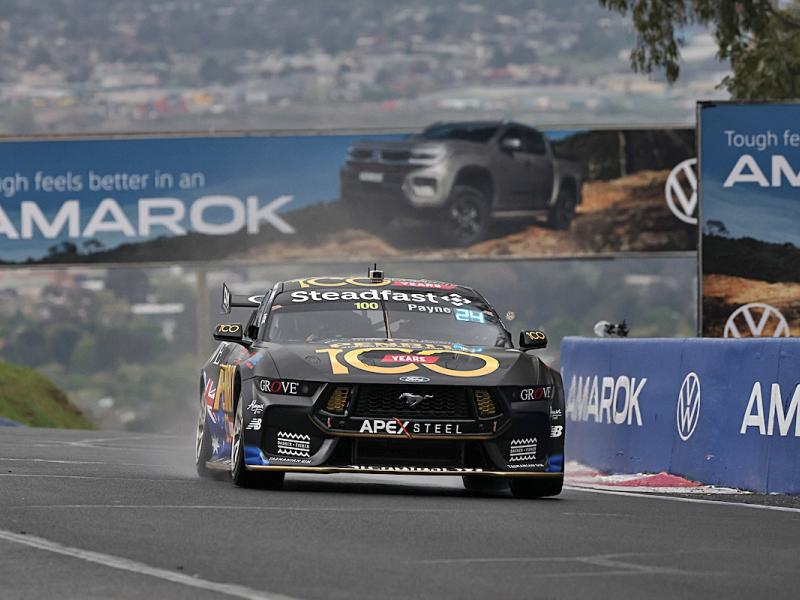The introduction of the heavy vehicle brake rule presents challenges to not only the operators of buses, trucks, and trailers, but also the authorities and transport service delivery agents (TSDA). This is because the new rule requires vehicles to be tested for brake performance in a partially loaded condition, says Business Unit Manager Equipment Division, Sulco Limited, Rob Gosling. Gosling says not all operators will opt to test their vehicles with partial loads, while some, such as stock trucks, are not allowed to. “These vehicles will be tested with simulated loads… no easy feat given the variation of load types. How do you get the same load on all trucks of similar load rating or the passengers on a bus while waiting for a CoF check?” He says while vehicle operators will have to work the longer testing protocol into their schedules, the authorities have spent considerable time looking at ways to achieve this consistency of measurement. One of the solutions in the process of implementation is the Axle Load Simulation (ALS) and Chassis Load Simulation (CLS) systems of measurement, developed by Danish company BM Autoteknik and used in several countries the past few years. The other is Maha technology. Maha products work similarly to BM’s and were adopted because they present a better fit to some TSDAs’ existing pit facilities. SULCO distributes BM Autoteknik products in New Zealand. Gosling explains BM has specifically designed the system from the ground up, using clamping and harness devices anchored in the pit by cassette assembly to overcome the historical problem of inadequate strapping or anchor devices. Optional configurations allow a range of test loading ratings at 10,000 kg, 20,000kg or 30,000kg depending on the number of cassettes installed. “It introduces minimal additional hardware and does not impede access in the pit, as an infrared device at the controls of the brake tester enables operation of the load simulation device. In addition, the system’s configuration allows for variable test load ratings depending on the configuration of the vehicle being tested,” he says. In the past 18 months BM Autoteknik AS and SULCO have worked together to develop and adapt BM’s systems to meet the New Zealand authority’s requirements, and to connect the system to existing brake testers. The CLS system is now in action at a number of selected SULCO customer sites, installed in twin and multiple cassette configurations. SULCO Heavy Equipment Specialist Bruce Hundley says it has been a lot of hard work linking the mechanical device and software programs to provide consistent, accurate test results. “It involved long hours travelling between sites in the North and South Island, testing and retesting, making small changes and testing again. But we’ve been able to deliver the enhancement at a surprisingly low cost to the operator…and we’re happy that we are delivering results that exceed the authority’s expectation,” he says. For more info contact Gosling, Hundley, and the SULCO team on 0800 800 488.
Testing Challenges no problem, says Sulco
Testing Challenges no problem, says Sulco
Motorsport
Sunday, 13 July 2008





